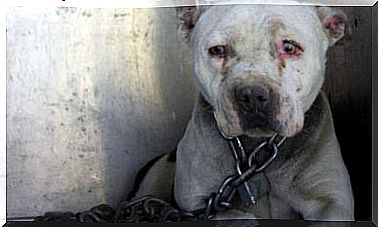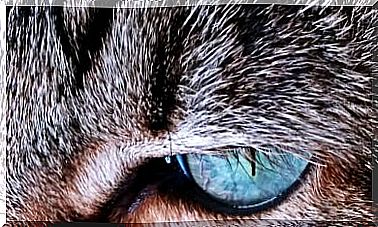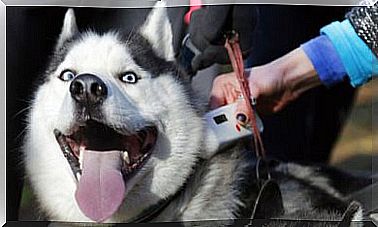Heartworms In Dogs

The so-called filariasis is a cardiopulmonary disease that is caused by a parasite called dirofilaria immitis, which mainly affects dogs, but can also affect cats. It is the so-called “heartworm”, a white worm, which can measure more than 30 cm in length when it is adult, and which causes serious alterations in the lungs and the heart of these animals.
Transmission Mode

How is this disease transmitted? One of the means of transmission of this disease is mosquitoes. There are 80 species of these insects that can transmit the disease. In this way, mosquitoes, when biting an animal that already has filariasis, ingest the larval forms of these worms, in a microscopic state. Inside the mosquito, the evolution of the worm occurs, which can be very fast, in a week.
When the mosquito bites another animal, it transmits the parasite by penetrating the skin. The parasite is very mobile and quickly settles in the pulmonary arteries and the heart. There they grow and reach maturity measuring up to 30 cm. As we can see, there is no direct contact from one dog to another.
Prevention
It is very important for the treatment of this disease to make an early diagnosis, to start treatment as soon as possible and to do it with the least possible risk. If there are only small worms (larvae), the possible internal damage caused will be less, and the treatment more effective.
If the animal is free of the disease and you want to do a good prevention, there are many preventive treatments according to the needs of each animal and each owner, and thus avoid contagion. There are different products on the market today, either in tablets or in pipettes to apply to the skin, with the right drug to be absorbed through the skin. The dose is usually monthly. There are also injectable preventive treatments lasting one year.
Symptoms
What symptoms are the most descriptive of this disease? In many cases, there are not even symptoms or they are so mild that they go unnoticed. Among the most common are coughing and reluctance to exercise, rapid heartbeat, and breathing difficulties.
Dogs do not show any signs of being infected during the first 6 months of the period, before the worm matures, but a good investigation with the corresponding tests will reveal the signs of the disease. It is possible, although rare, for a larva to end up in an eye or leg, resulting in blindness, lameness, seizures, etc.
As the disease progresses, nosebleeds or progressive weight loss may occur even though the animal eats a lot, fainting, anemia and blood clotting problems, and in the long term, even the death of the animal.
Diagnosis
The disease is located through an analysis of the dog’s blood, observing it directly under the microscope, especially in the case of worms in their small or larval stage; when they are adults they can be detected in a quick blood test.
Treatment

In most cases it is a strong treatment. For this reason, a prior evaluation of the animal’s health must be made to establish full guarantees that it will withstand said treatment. All the rest of these parasites must be eliminated, both in their adult state and in their larval forms. First, the treatment is applied against the small worms, and then against the large worms that are in the heart of the animal.
Once the treatment has been carried out, a test must be carried out to be sure that the treatment has had its effect.
Treating heartworm infection is a long process, as adult worms take months to die. The dog has to rest for several months after treatment to prevent the dead worms from entering the lungs. Surgery to eliminate these worms is possible, but since the infected organs are vital organs, it is dangerous for the animal’s life.









